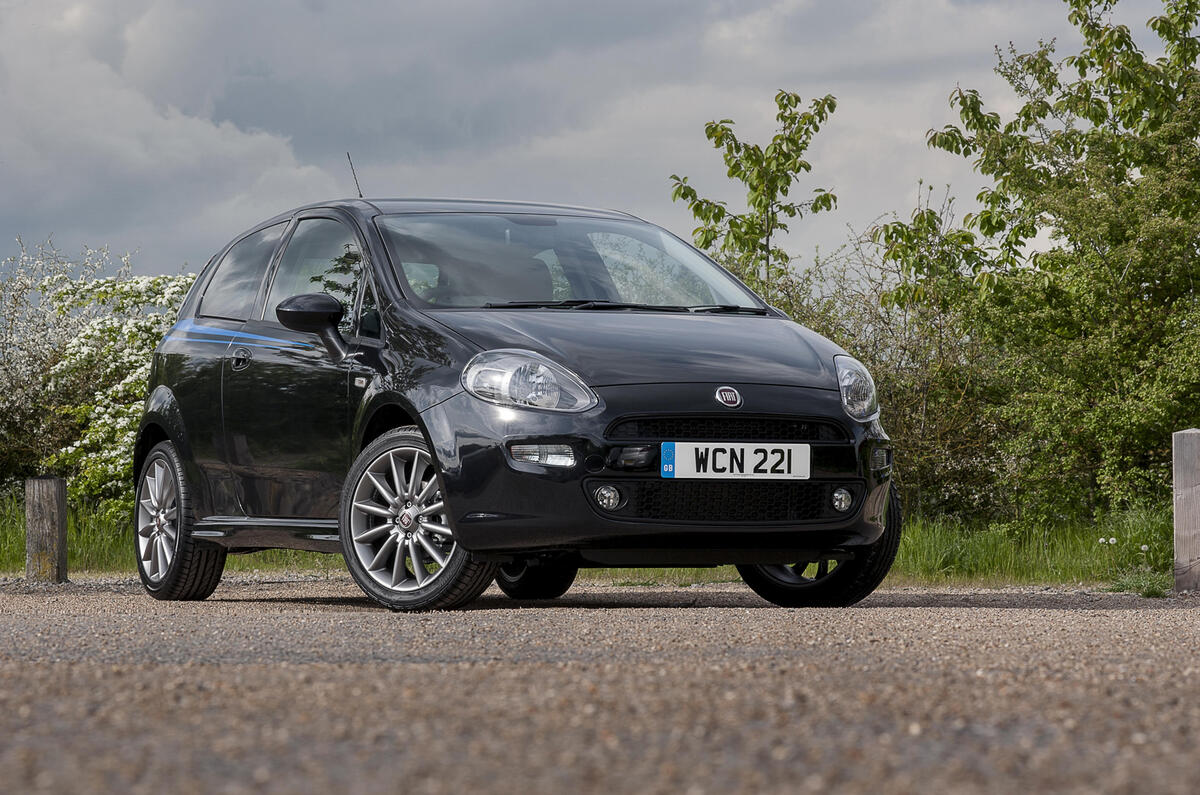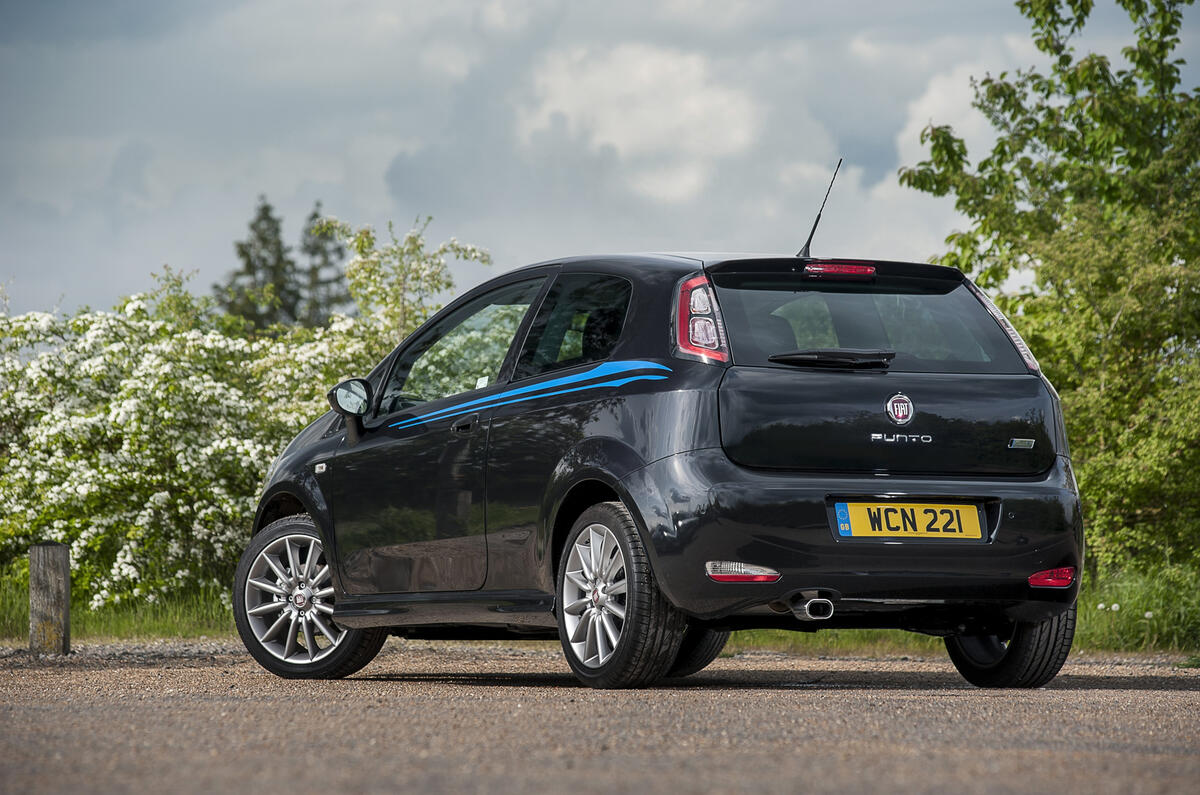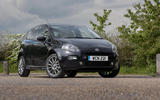What Fiat refers to as the ‘Fiat Punto’ began life in 2005 as the Grande Punto and was facelifted to become the Punto Evo. Now, it has had another nose-and-tail job (returning it close to its original look) to become the plain Fiat Punto. Still with us? Good.
A mild re-trim and re-fresh of the interior was once met with a wider choice of engines to complete the changes, however that it has been condensed to a mere two choices. The full list comprises of 1.2-litre 8-valve petrol (68bhp) and a 1.4-litre 8-valve petrol (76bhp).
Strangely, Fiat has done away with the diesel units that would normally be found under most mid-sized family hatchbacks, but also the newest addition to the Punto range was the TwinAir unit borrowed from the Fiat 500. Under our examination, the 0.9-litre, two-cylinder unit performed admirably and didn't feel short of breath as one may imagine it would.
The highlight of the range now is the non-turbo, 77bhp version of the 1.4-litre MultiAir engine, which feels strong, smooth and torquey. Push away from the lights and the front-drive Punto feels much more agile enough, at least in the bottom half of its rev range.
But these remaining petrol engines are nowhere near as good as the 1.3 Multijet diesel, which came in 74bhp and 85bhp guises, was under the bonnet. Using a common rail injection process with up to eight individual cycles, it is exceptionally quiet, free revving and, in top-of-the-line guise, imbued with solid slab of mid-range poke, providing the new Fiat better cruising credentials, outstanding in-gear performance and decent economy.




















